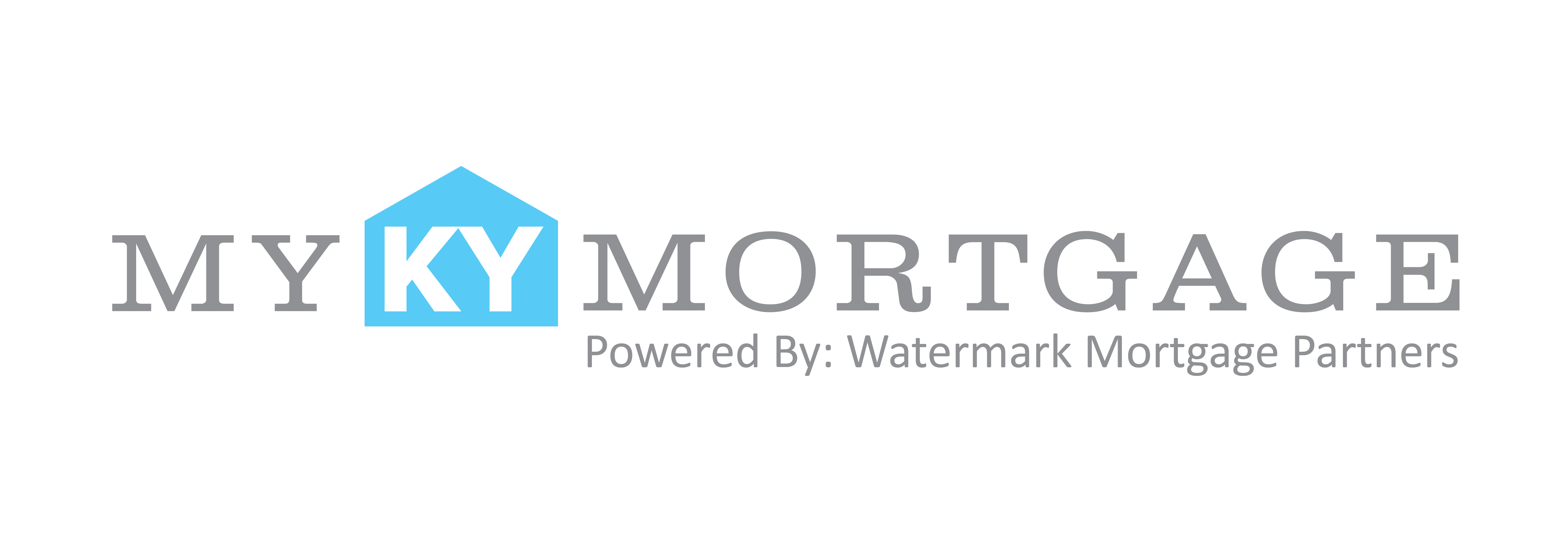As you prepare to apply for a mortgage, it pays to know what to expect. Here, Yahoo! News offers some advice that will help you better understand the timeline of the mortgage process.
Step 1: Understand the mortgage you can afford (2 weeks)
The entire process starts by defining the type of mortgage you’re looking for, checking your credit and getting a feel for how much you can afford for a monthly payment. Give yourself about a week for this step, so you can take your time. Allow another week for getting a preapproval letter.
-
Check your credit
Your credit history and credit scores play a major part in your mortgage terms, including the annual percentage rate, the fees you pay and the amount you can borrow. Mortgage lenders typically look for a credit score in the mid-700s or above for the best offers, so checking your credit reports early in the process can help you catch any errors and see if you need to improve your score before applying for the mortgage.
-
Create a budget
This will be influenced by the type of mortgage you choose, as they all have different credit and down-payment requirements. After you what kind of mortgage you want, decide whether you prefer a fixed or variable APR and calculate how much you can comfortably put toward a mortgage payment each month. Some consumer advocates suggest you spend 28 percent or less of your total monthly income on your mortgage. That includes costs such as home insurance, taxes and homeowner’s association fees. Once you know how much you plan to spend, you’ll want to get prequalified with your lender. Then, the next step is a preapproval letter. Your lender will check your credit and review information about your income, debts and assets, and if you’re preapproved, will give you a letter that states how much you can borrow and your estimated interest rate. Having a preapproval letter in hand puts you ahead of other buyers because the seller knows you already have buying power. Note: Always keep tables on your credit throughout the mortgage process. If your credit score drops after you receive a preapproval letter, it might harm your chances of closing on the mortgage.
Step 2: Find a home and make an offer (3-8 weeks)
This step is all about finding a house in your price range and negotiating with the seller, with the time frame varying greatly depending on how quickly you and your real estate agent locate a home and sign a purchase agreement. After identifying the right home, your real estate agent will help you come up with an offer and submit it to the seller’s agent. The offer will include a price, a suggested closing time frame (typically 30 to 90 days from the accepted offer) and conditions that allow you to cancel or renegotiate the contract. For example, you might make the offer contingent on securing a loan and receiving a satisfactory inspection. Once you and the seller agree on a final price and the terms, you’ll both sign a purchase agreement.
Step 3: Secure a mortgage, home inspection and appraisal (5-6 weeks)
Now you’re ready to finalize your mortgage and get loan estimates. This will take about a week. The inspection will add about another week, and the appraisal may take about three or four weeks.
-
Choose a mortgage
Compare the total monthly mortgage payment, the APR, costs of taxes and insurance, and other costs such as appraisal and title fees. Once you’ve found the best fit, tell your loan officer you’d like to move forward with the mortgage application. This is called your “intent to proceed.”
-
Order a home inspection
Before you head to loan underwriting and closing, schedule a home inspection to determine the condition of the home. Based on a walk-through, your home inspector will create a report that lists any significant damage and necessary repairs. Depending on the terms in your contract, you may be able to walk away from the purchase if the report reveals significant damage that you don’t want to deal with.
-
Get a home appraisal and title search
Your lender will schedule a home appraisal to validate the home’s value, based on its condition and the selling price of similar homes in the area.
If the appraised value of the home is higher than the selling price, that means you’ve found a good deal. A title company will then research the home’s legal history to make sure there are no pending legal actions on the property, such as a tax lien. If the value is lower than the selling price, however, it could create problems because you can’t get a loan for more than the appraised value of a property. In these cases, you have a few options. You can pay the difference in price yourself (although it may be risky if the home isn’t worth the selling price); negotiate with the seller to lower the home price; or walk away from the deal, depending on the terms in your contract.
Step 4: Complete mortgage underwriting and closing (2-4 weeks)
Once you’ve submitted your intent to proceed and the appraisal is complete, your mortgage lender will verify your income, assets, debt and home value details. Your lender may ask you for additional documents during this step, such as a letter that explains the source of a large bank deposit. This could take about two weeks. Once you’re cleared to close, your lender will provide a closing disclosure, which is a five-page document that sums up the terms of your loan and what you’ll pay at closing. You’ll have at least three days to review this document. You’ll be responsible for choosing a closing agent to gather the legal documents necessary for your loan and to handle the money for the purchase. Once you schedule the closing, ask your closing agent about what to bring. This usually includes a valid ID and your cash to close payment, typically in the form of a cashier’s check. At the closing, you’ll sign the final sale contract.



